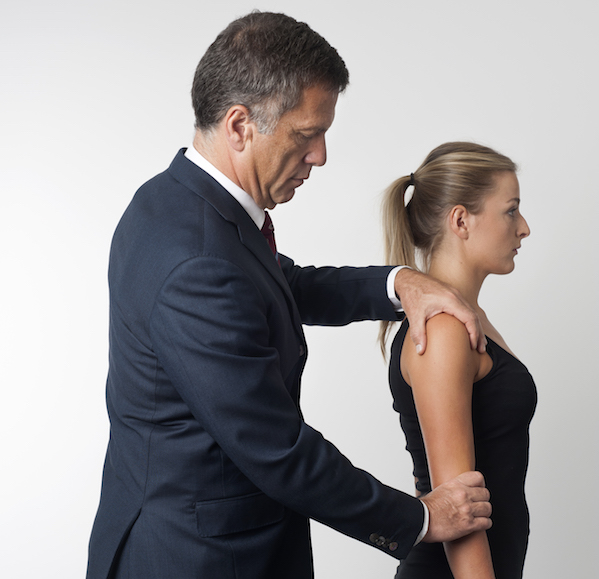The shoulder is our most mobile joint. With an almost 360 degree rotation the shoulder joint, or better said, the three shoulder joints that form this complex articulation, are subject to a large spectrum of pathologies. In addition to the bony and cartilage structures, numerous components such as ligaments, muscles and tendons meet at the point of friction of the joints, thus an injury or a symptomatic manifestation around the shoulder may be difficult to interpret in forming the exact diagnosis of underlying issues as so many elements could be involved.
Not only this, but other body regions (cervical spine, nerve dysfunction, intra-abdominal pathology) may refer pain to the shoulder making a diagnostic assumption even more complicated. For these reasons a medical examiner needs to assess a patient with a holistic approach to identify correctly the underlying cause of the symptoms.

Professional activities that require repetitive overhead activity, lifting, pushing-pulling, expose workers to injuries and degenerative changes of the shoulder joints. Importantly, these symptoms require a background occupational and life-style check to obtain a clear picture of the patient’s history. Understanding the causality of these issues is critical to develop adequate preventive measures in the workplace that help avoiding long term discomfort, unnecessary claims and prolonged treatments.
In a recent study, ‘Shoulder disorders and occupation‘, non-specific shoulder pain among workers was estimated to be six time more frequent than specific shoulder pathologies.
The study group in the UK developed an improved protocol for the diagnosis of shoulder pathologies that have a common range of symptoms in order to pinpoint the exact condition. Interestingly, the analysis proved the existence of overlapping pathologies.
The study recruited a large population of 6,038 workers of whom 411 suffered from shoulder pain. The diagnoses were obtained with a computerised algorithm based on predefined criteria. This approach allowed to identify 205 people with adhesive capsulitis (frozen shoulder) who also had rotator cuff tendonitis. In addition, among those 28 having bicipital tendonitis, 23 workers met the criteria for adhesive capsulitis. The study demonstrated that the analysis criteria lacked specificity for single pathologies of the shoulder.
The pathology of the month we chose is subacromial bursitis or shoulder bursitis, which refers to the inflammation and swelling of the bursa located under the bone acromion and above the supraspinatus tendon. Due to the movement restrictions caused by this condition it presents a serious burden to workers and non-workers.
